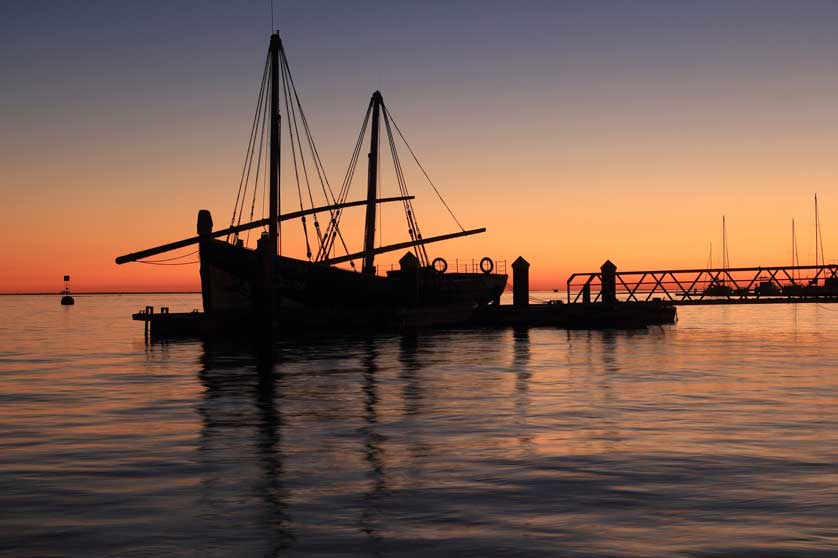Castelo de Vide Synagogue
The synagogue in Castelo de Vide in the Alentejo region is the oldest surviving synagogue in Portugal. It is one of only two preserved medieval synagogues in Portugal. The other one is the synagogue of Tomar.
 |
| Castelo de Vide Synagogue is the oldest still standing in Portugal |
Jews settled here from the 12th century with more arriving from Spain in the 15th century after the Alhambra Decree of 1492 ordered their expulsion from Castile and Aragon.
The building is divided into two rooms for men and women and contains a wooden tabernacle. The interior is now a museum dedicated to the history of the Jewish community on the Iberian Peninsula.
Historically, the Jewish population of both Spain and Portugal (known as Sephardi Jews) suffered great hardships and prejudice, particularly after the Reconquest.
The Inquisition in Portugal was particularly oppressive against "New Christians" (aka conversos or the pejorative marranos)- Jews who had been forced to convert and were suspected of carrying on their old faith in secret. There was also a massacre of Jews in Lisbon during the reign of Manuel I when an estimated 2,000 people were killed by the mob.
Many Portuguese Jews were expelled or fled overseas to London, Amsterdam, Morocco, or even South America. Their departure was a great loss for the country.
One prominent Jew of this period is Garcia de Orta (1501-1568). A physician, naturalist, and herbalist he was mostly active in Goa and considered a father of Western tropical medicine. He was born in Castelo de Vide where he practiced medicine before moving to Lisbon and becoming royal physician to King John III.
 |
| Garcia de Orta |
He left for India in 1534, probably sensing how the wind was blowing at home. Settling in Goa, he again set up a medical practice and served as a physician for both Portuguese and Indians. He was also a friend of the poet Luís de Camões while in India.
After his death in 1568, his sister Catarina was burned at the stake for her Jewish beliefs and in 1580 his remains were also dug up and burned by the vengeful Inquisition in Goa.
He is most remembered for his classic work Colóquios dos simples e drogas he cousas medicinais da Índia, a treatise on medicinal herbs and plants in India.
The Jardim Garcia de Orta in the Parque das Nações district of Lisbon is named after him.
© PortugalVisitor.com






No comments:
Post a Comment